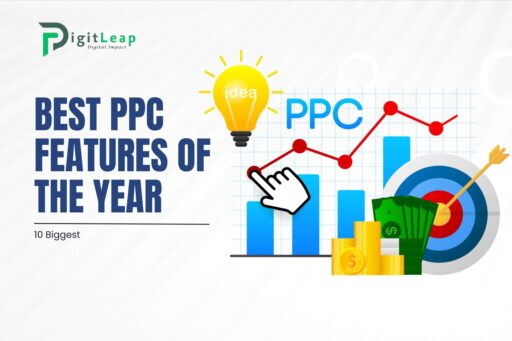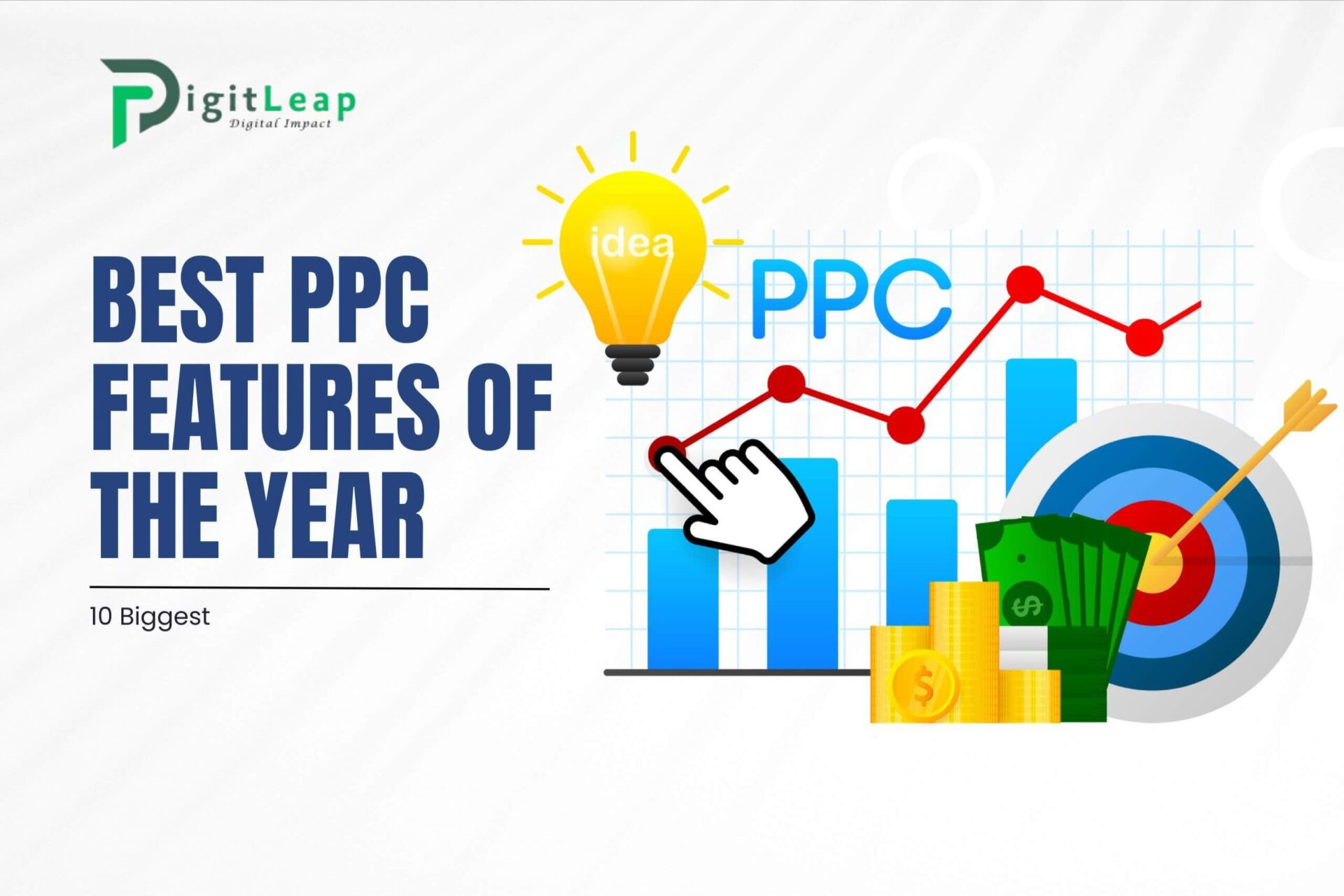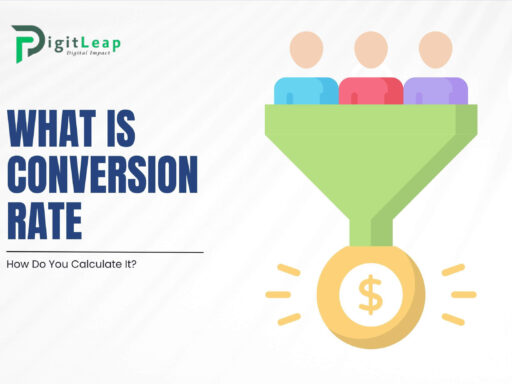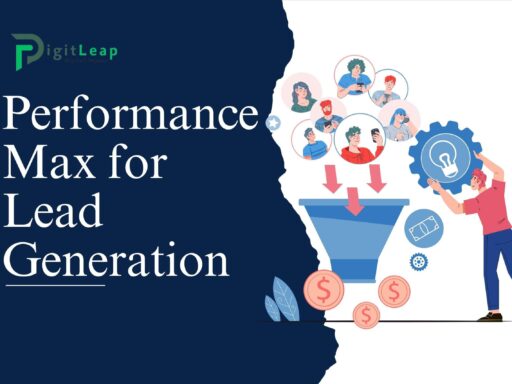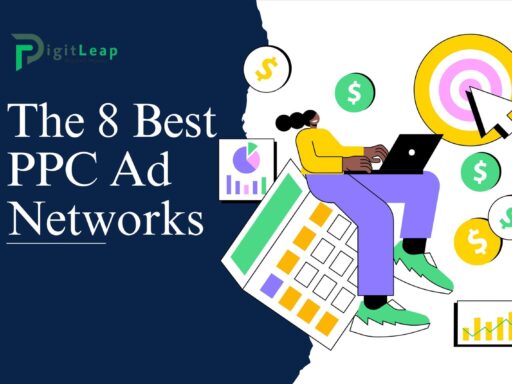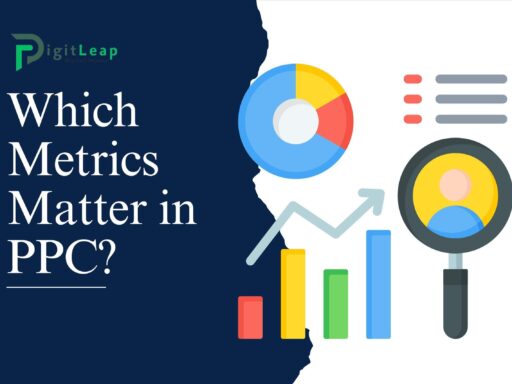10 Biggest & Best PPC Features Of The Year
Pay-per-click (PPC) advertising has come a long way in recent years, and 2024 is proving to be no exception. As more businesses turn to PPC to boost visibility, drive traffic, and generate leads, platforms like Google Ads and Microsoft Advertising continue to roll out new features. These tools make it easier for advertisers to manage campaigns, reach the right audience, and ultimately, get a better return on investment (ROI). So, what are the most significant PPC features that have made a splash this year? Let’s dive in.
1. AI-Powered Campaign Optimization
Artificial Intelligence (AI) is no longer just a buzzword—it’s becoming a staple in PPC advertising. One of the standout features of the year has been AI-powered campaign optimization. Platforms like Google Ads are increasingly using AI to automatically adjust bids, choose the best ad formats, and even predict performance. This means that advertisers don’t have to spend as much time tweaking their campaigns manually. Instead, AI helps deliver better results by analyzing massive amounts of data in real time.
2. Performance Max Campaigns
Google’s Performance Max campaigns are one of the most innovative features introduced recently. This all-in-one campaign type allows advertisers to run ads across all of Google’s platforms, including Search, Display, YouTube, and even Discover. By using machine learning, Performance Max optimizes for conversions by serving ads to the right people at the right time, no matter where they are on the Google ecosystem. It’s a fantastic tool for advertisers looking to simplify their campaigns while maximizing their reach.
3. Responsive Search Ads (RSAs)
Responsive Search Ads (RSAs) have continued to gain traction this year, and it’s easy to see why. Instead of writing a single ad copy, RSAs allow advertisers to input multiple headlines and descriptions. Google then mixes and matches these elements to create the best-performing ad combinations for different search queries. The result? More relevant ads for users and higher click-through rates (CTR) for advertisers. This flexibility makes RSAs a must-use feature in any PPC strategy.
4. Enhanced Audience Targeting
Audience targeting has taken a huge leap forward this year. PPC platforms are now offering more sophisticated ways to reach specific groups of people. Google Ads, for example, has introduced enhanced audience segments based on consumer interests, browsing behavior, and even life events. This means advertisers can target audiences more precisely than ever before, whether they want to reach people who are in the market for a new car or those who have recently moved homes.
5. Automated Bid Strategies
Gone are the days of manually adjusting bids for every keyword. With automated bid strategies, PPC platforms are using advanced algorithms to set the best possible bid for each ad auction. Whether you’re focused on maximizing clicks, targeting a specific cost-per-acquisition (CPA), or improving return on ad spend (ROAS), automated bidding takes the guesswork out of the equation. The latest updates make it even more efficient, allowing advertisers to focus on strategy rather than micromanaging every bid.
6. Video Ads Expansion
Video content is more popular than ever, and PPC platforms have recognized that. This year, the expansion of video ad options has been a game-changer. YouTube ads have become more integrated with Google Ads, allowing advertisers to create more seamless, multi-channel campaigns. In addition, features like video discovery ads make it easier to promote video content directly within search results or social media feeds, leading to greater engagement and higher conversions.
7. First-Party Data Integration
With privacy regulations tightening and third-party cookies on their way out, PPC platforms are turning to first-party data. This year, Google and other platforms have introduced tools to help advertisers make better use of their own data. First-party data integration means you can target your existing customers or website visitors more effectively, delivering personalized ads to people who are already familiar with your brand. This not only improves the relevance of your ads but also makes your campaigns more cost-efficient.
8. Customizable Ad Extensions
Ad extensions have always been a powerful tool in PPC advertising, but this year, they’ve become even more customizable. From callouts and sitelinks to location and price extensions, advertisers can now tailor their ad extensions more precisely to fit their campaign goals. For example, location extensions now allow you to promote in-store visits more effectively, while callout extensions can highlight unique selling points to attract more clicks. This added flexibility ensures your ads stand out in crowded search results.
9. Improved Conversion Tracking
Tracking conversions is key to measuring the success of any PPC campaign, and this year saw significant improvements in conversion tracking tools. Google Ads has made it easier to track offline conversions, such as phone calls or in-store visits, and attribute them back to online ad interactions. This holistic approach to tracking ensures that businesses get a full picture of how their PPC campaigns are performing across both digital and physical touchpoints.
10. Local Service Ads Expansion
For businesses that rely on local customers, Local Service Ads (LSAs) have become an essential tool. These ads appear at the top of Google’s search results and are tailored to specific services like plumbing, cleaning, and legal services. The expansion of LSAs this year has made it easier for small businesses to compete in the local market. What’s more, LSAs operate on a pay-per-lead basis, meaning businesses only pay when they get a genuine inquiry. This feature has been a big win for local businesses looking to maximize their ad spend.
Conclusion
PPC advertising has seen some major innovations this year, and these new features are helping businesses of all sizes run more efficient and effective campaigns. From AI-powered optimizations to enhanced audience targeting and video ad expansion, the PPC landscape is constantly evolving. Keeping up with these changes can be a challenge, but embracing them is key to staying competitive.
At DigitLeap, we understand how crucial it is to leverage these features in order to get the most out of your PPC campaigns. Whether you’re looking to improve performance, reach the right audience, or simply make your ad management easier, we’re here to help you take your digital marketing strategy to the next level.

